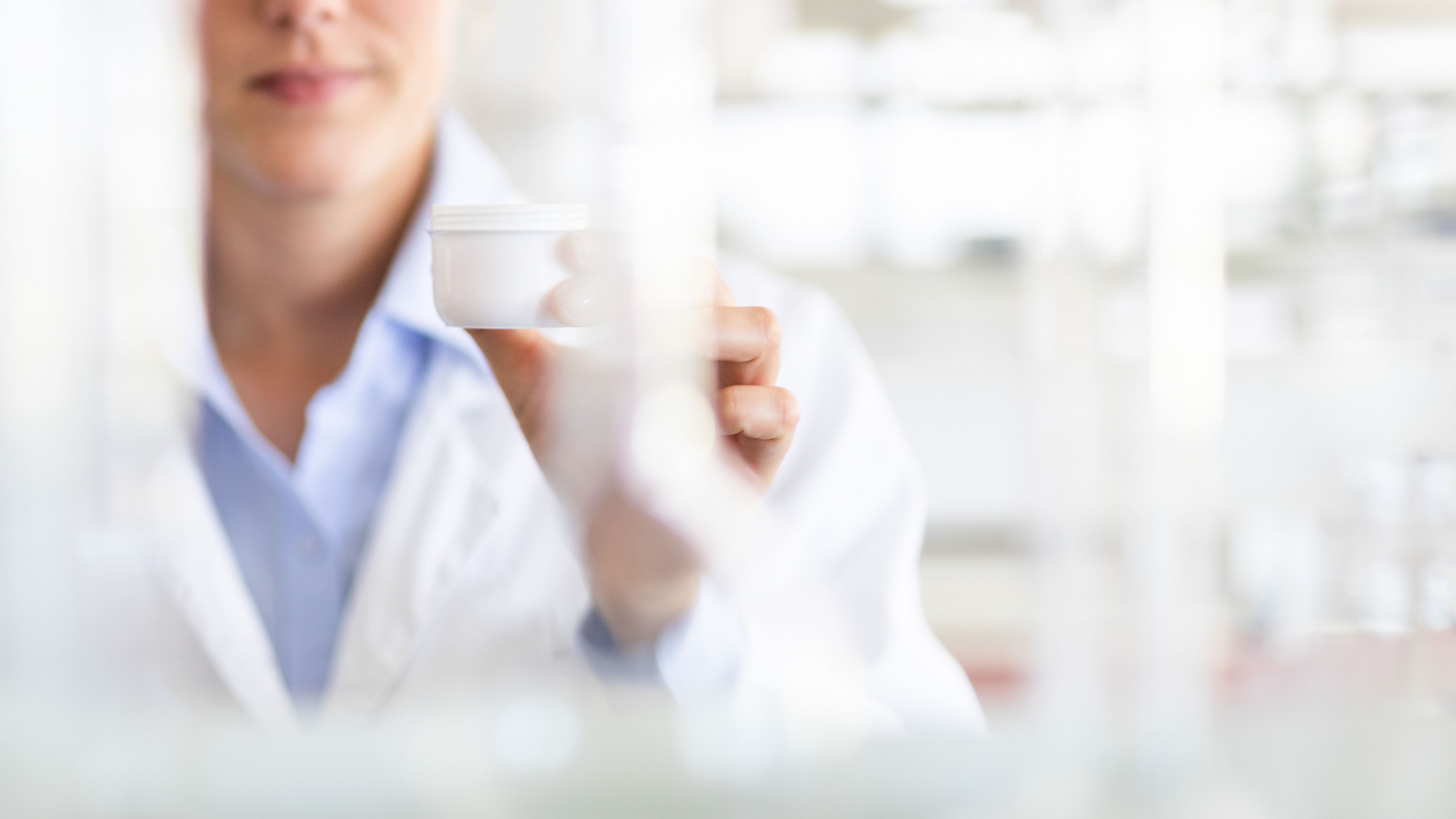Understanding Cosmetic Research Clinics: A Comprehensive Guide
Overview of Cosmetic Research Clinics
Cosmetic research clinics play a crucial role in the development and testing of skincare and beauty products. These clinics are dedicated to conducting rigorous research to ensure that cosmetics are safe, effective, and suitable for consumer use. Understanding their functions and methodologies can provide valuable insights for both consumers and industry professionals.

The Purpose of Cosmetic Research Clinics
The primary purpose of cosmetic research clinics is to test new products and formulations. They ensure that these products meet regulatory standards and provide the benefits they claim. This involves a series of tests and trials conducted under controlled environments to assess various factors such as safety, efficacy, and consumer acceptance.
Moreover, these clinics contribute to innovation in the cosmetic industry by exploring new ingredients and technologies. This research helps in developing advanced products that cater to the evolving needs of consumers.
Types of Studies Conducted
Several types of studies are conducted in cosmetic research clinics, including clinical trials, consumer testing, and sensory evaluations. Clinical trials involve testing the product on human volunteers to observe potential effects or side effects. Consumer testing, on the other hand, focuses on gathering feedback from potential users about the product's performance, texture, fragrance, and overall satisfaction.

Sensory evaluations are also crucial as they assess how a product feels on the skin, its scent, and its overall appeal. These studies help manufacturers fine-tune their products to meet consumer expectations.
Regulatory Compliance and Safety
Ensuring regulatory compliance is a significant aspect of the work done in cosmetic research clinics. These clinics must adhere to stringent guidelines set by regulatory bodies such as the FDA in the United States or the European Medicines Agency (EMA) in Europe. Compliance ensures that all cosmetic products are safe for use and labeled correctly.
Safety is paramount in cosmetic research. All new ingredients and formulations undergo thorough testing to identify any potential allergens or irritants. This process helps prevent adverse reactions when the products reach consumers.

The Role of Technology in Cosmetic Research
Technology plays an integral role in modern cosmetic research. Advanced imaging techniques, bioinformatics, and data analytics are used to gain deeper insights into product performance and consumer preferences. These technologies enable researchers to analyze skin conditions more accurately and develop targeted solutions.
Furthermore, technology facilitates more efficient data collection and analysis, allowing researchers to draw meaningful conclusions from their studies faster than ever before.
Choosing a Reliable Cosmetic Research Clinic
For companies looking to develop cosmetic products, selecting a reputable research clinic is essential. Factors to consider include the clinic's experience, expertise in specific product categories, and their track record with regulatory compliance. Collaborating with a reliable clinic ensures that products are tested thoroughly and meet all necessary standards before reaching the market.
Consumers can also benefit from understanding which clinics have tested their favorite products, adding an extra layer of trust and assurance in their purchasing decisions.